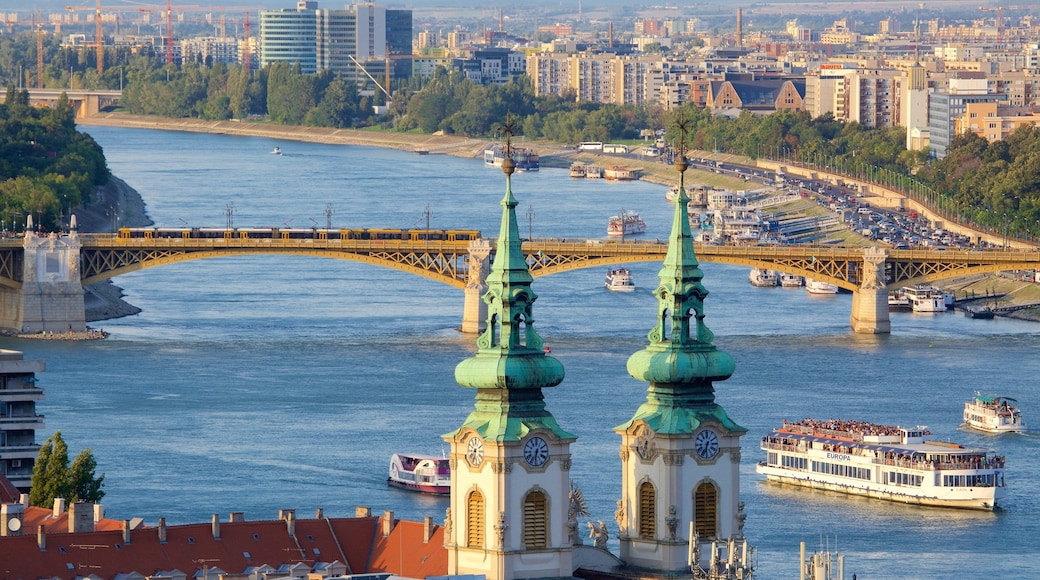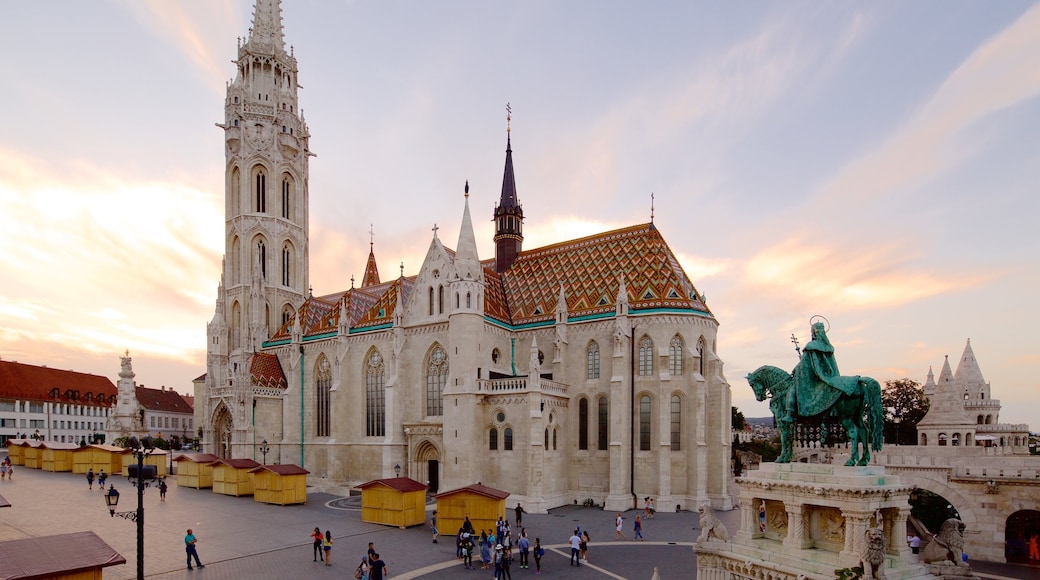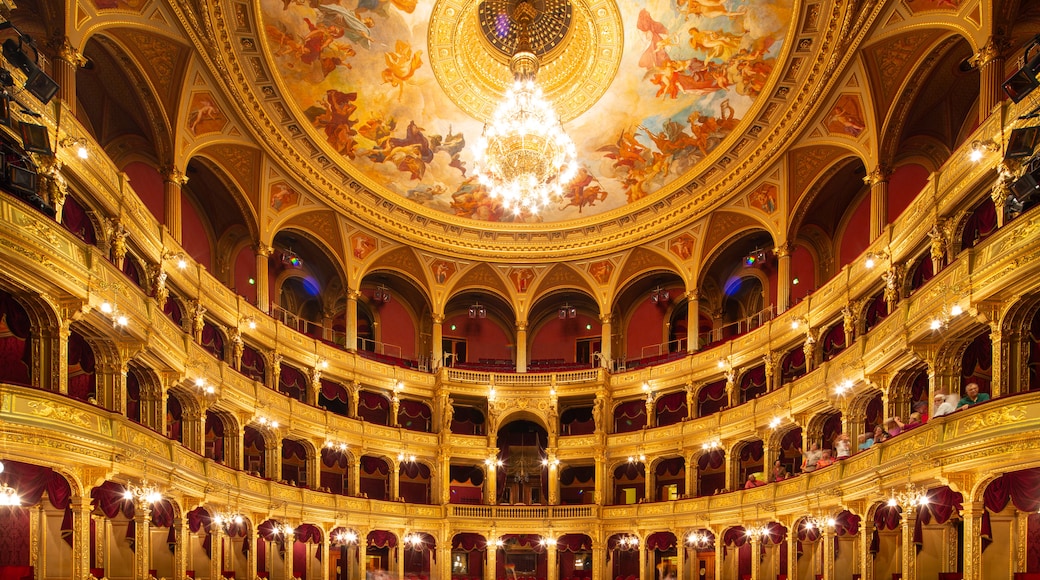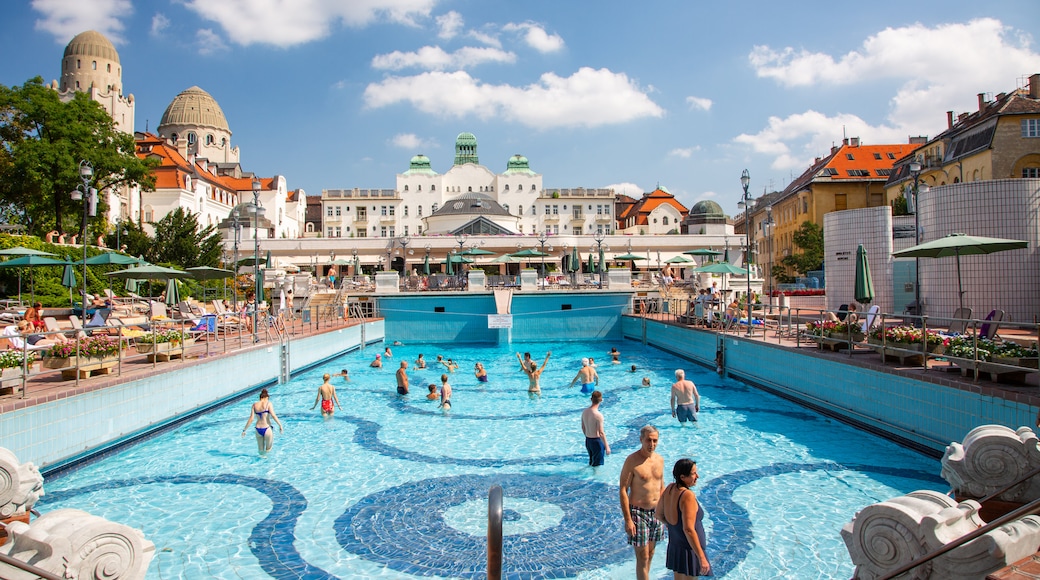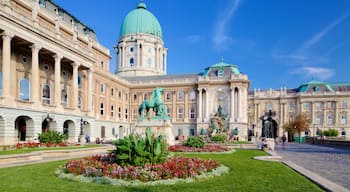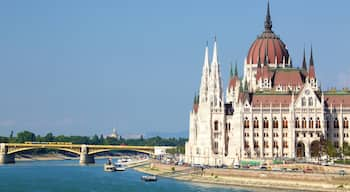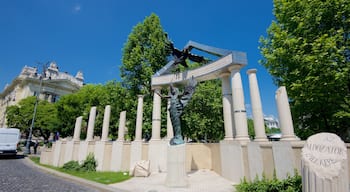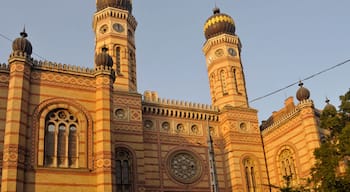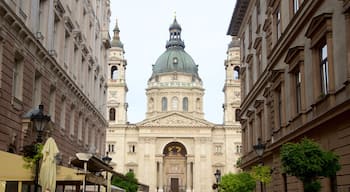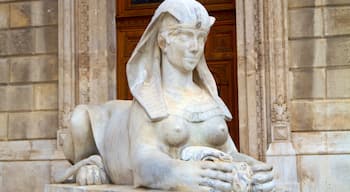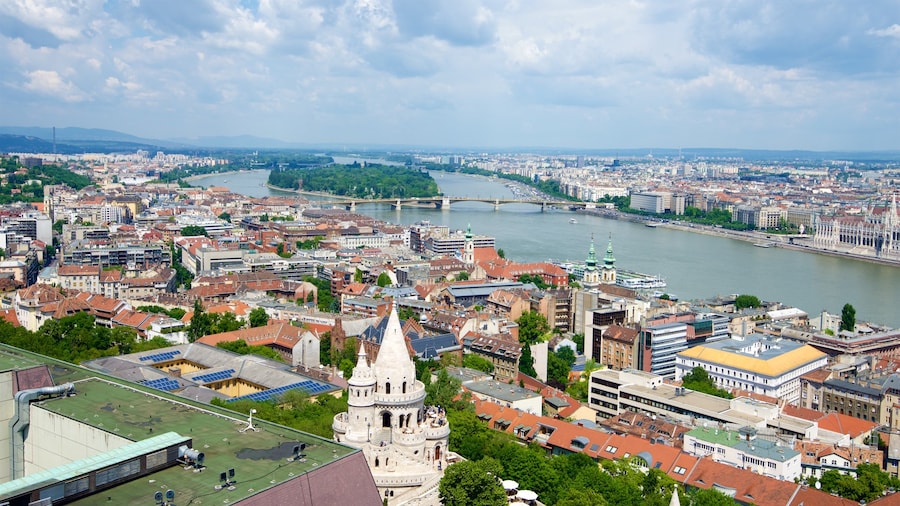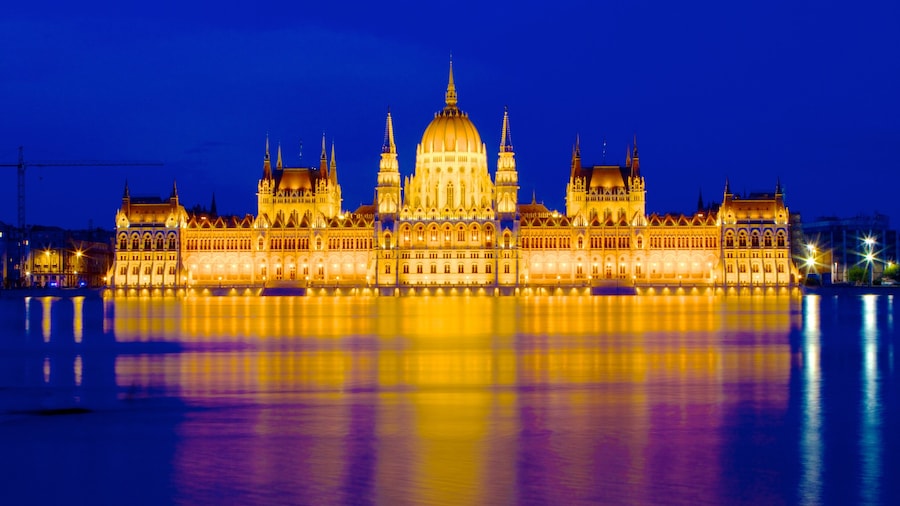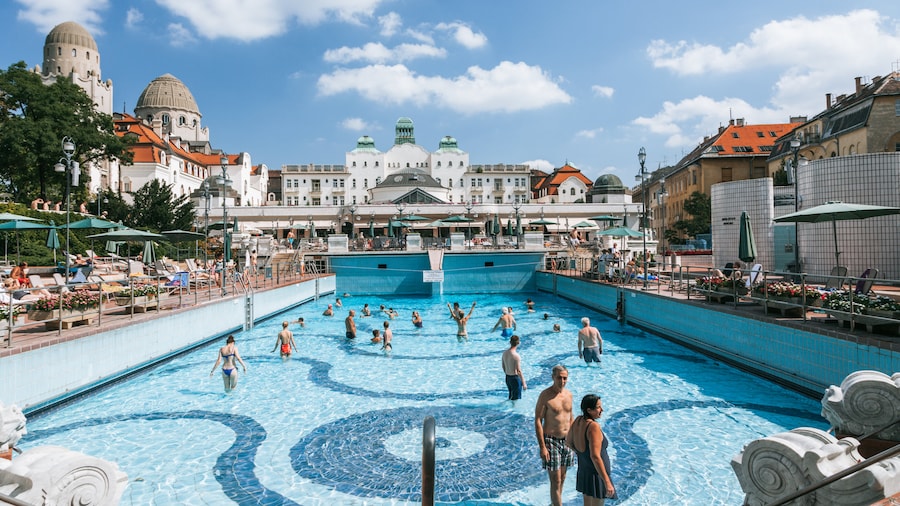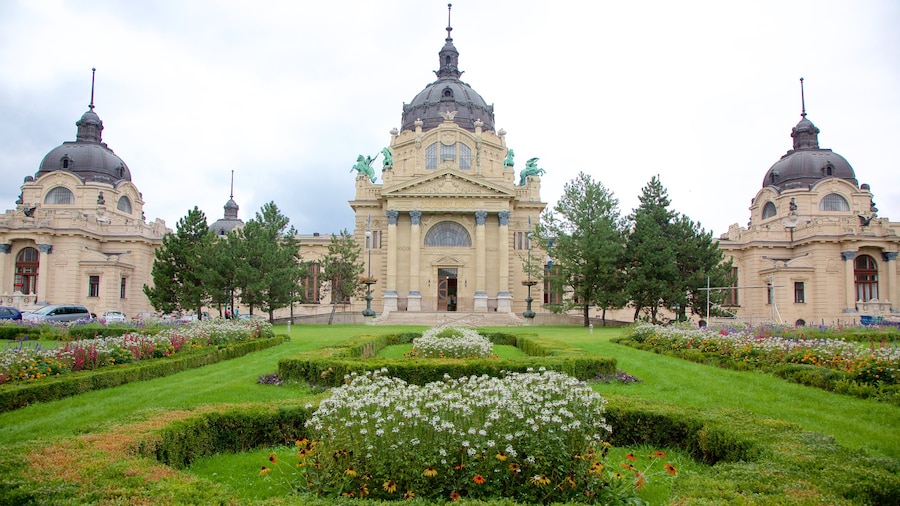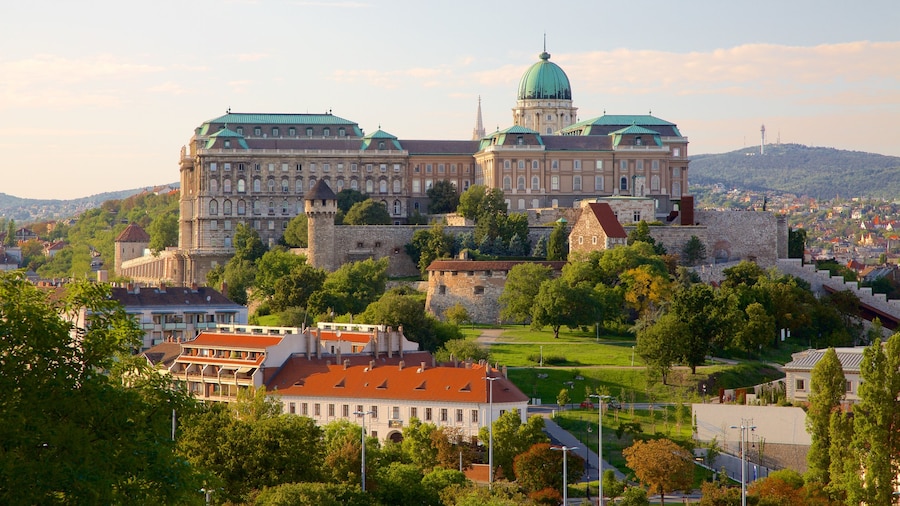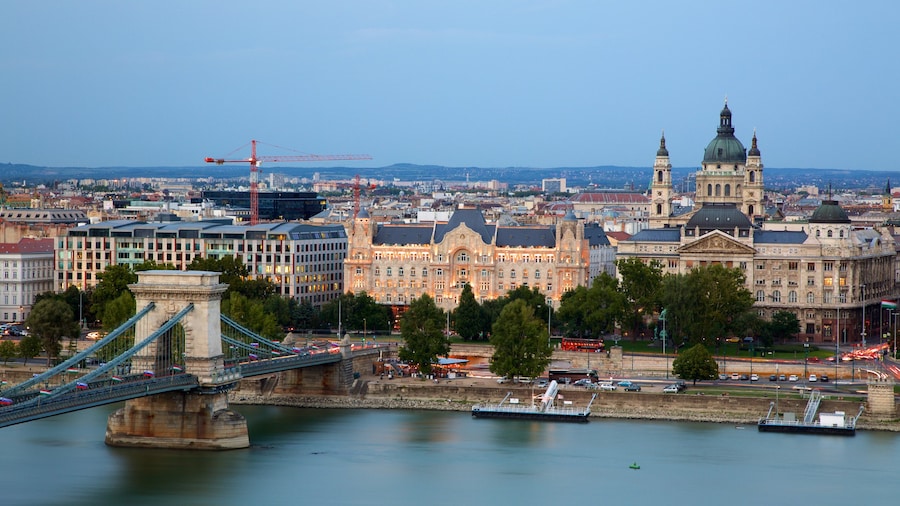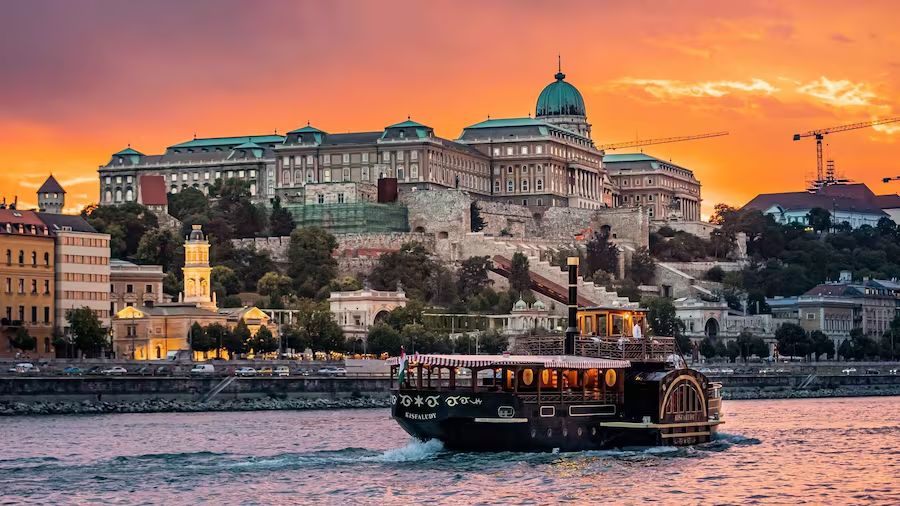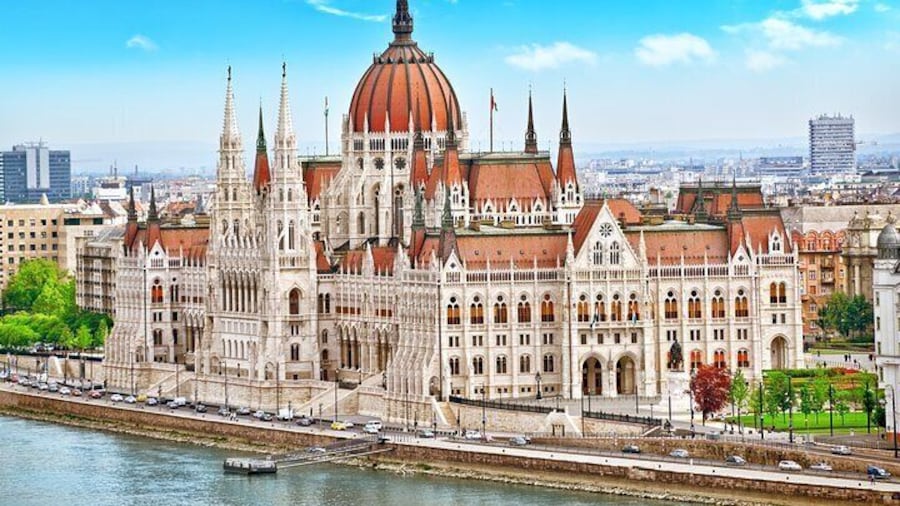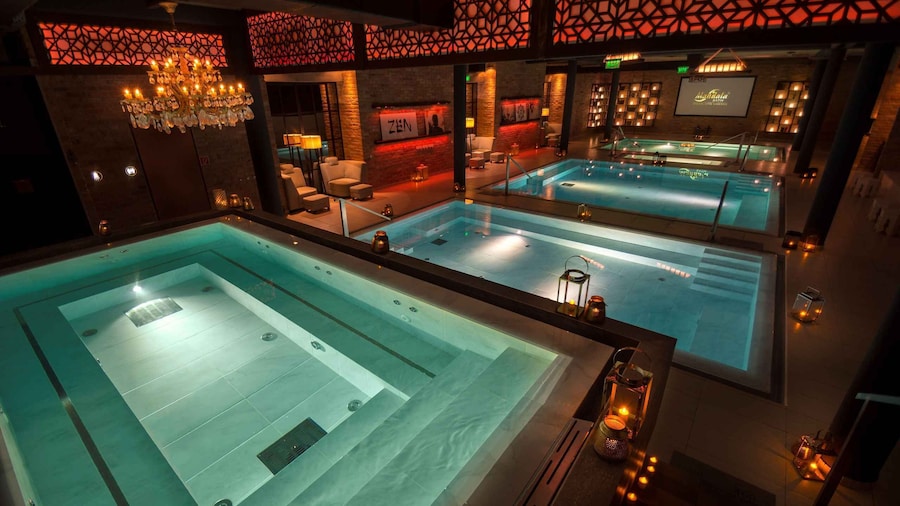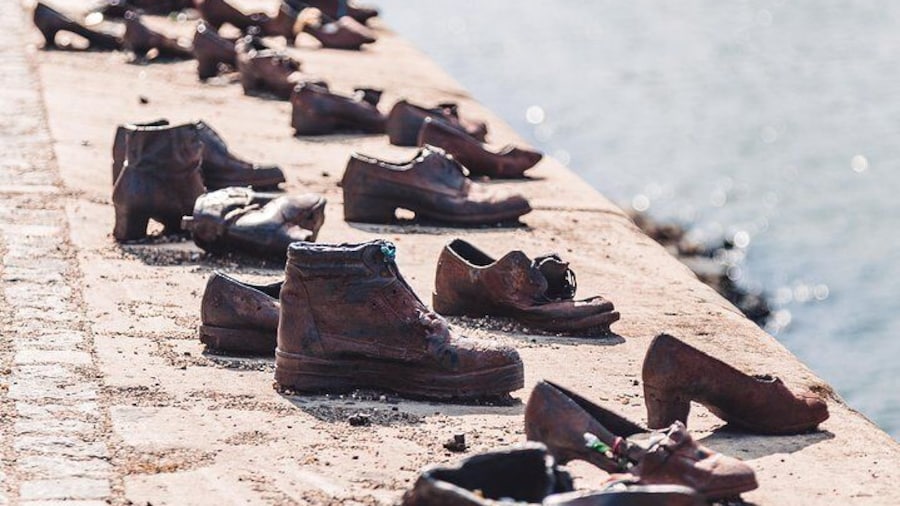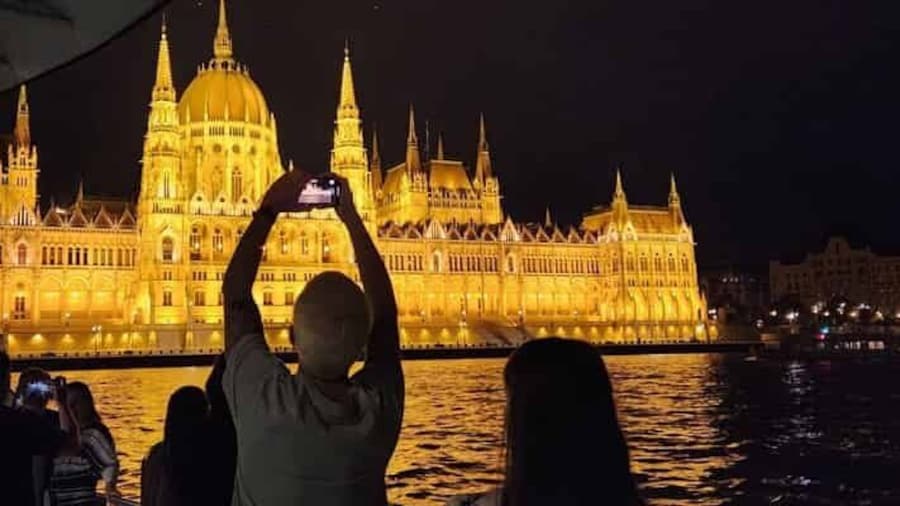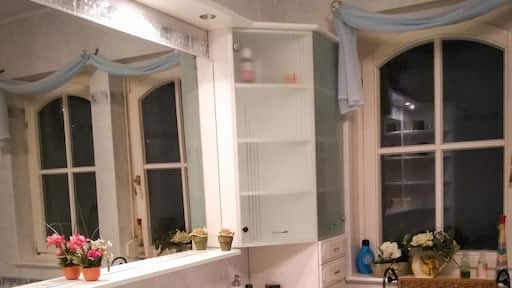From the history-strewn glories of Buda hills, to the elegant avenues of Pest, Budapest is a city greater than the sum of its halves.
Budapest is known by many names – the Pearl of the Danube, the Capital of Spas, even the Heart of Europe. This is a city that has ridden the wild roller-coaster of history, while clinging on to its crown jewels. Despite wars, revolutions and some-time neglect, it still has an impressive array of architectural riches and World Heritage Sites. It has also held onto its sense of fun. This is the city where the word 'garden' now means pub, after all.It is also a city of two halves – literally. Royal Buda is on the hill, and the long bustling avenues of Pest on the plain. The broad sweep of the Danube kept these two apart, until 1849. That's when the Széchenyi Chain Bridge united them.The best place to get a sense of them both is on Gellert Hill, the high-point to the city's south. It's home to the Liberty Statue, an epic monument to freedom, and the Citdella, a left-over reminder of past repression. From here you can take in the palatial splendour of Buda Castle and the towering Gothic flamboyance of Matthias Church, dominating Castle Hill to the north. Buda's Castle Hill may look the part of the ancient heart of Budapest, but the oldest settlements are found in the 'third' city, Obuda, on the northern horizon. This is where the Romans built their border city of Aquincum, and many impressive monuments have been uncovered there. Cast your eyes eastwards, though, and the wide expanse of downtown Pest, the thriving cultural and night-life hub of Budapest, beckons. This is where Budapest earned its 'Paris of the East' moniker.Roosevelt Square, where the Chain Bridge lands after soaring over the Danube, is the natural start for a tour of Pest. It leads onto the opulent Andrassy Avenue, packed with chic shops and Art Nouveau treasures, and then to City Park. The park has a mammoth spa, a huge ice-rink and a replica of the castle that inspired Bram Stoker's Dracula – Vajdahunyad Castle. Right on its gates are cultural highlights like the Museum of Fine Arts.A cultural buzz can also be had at the National Theatre, in south Pest. Brand new and wonderfully over-the-top, this home to Hungarian theatre is shaped like giant boat, cresting the banks of the Danube. A fitting symbol for a city whose past was shaped by its river.
